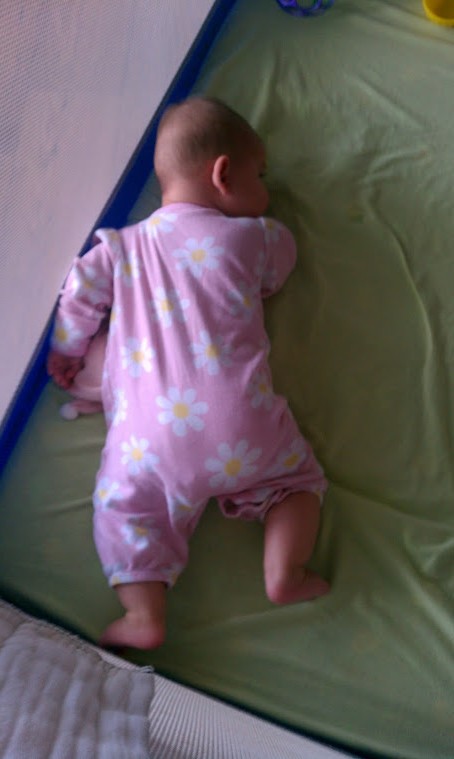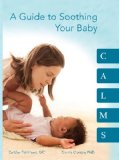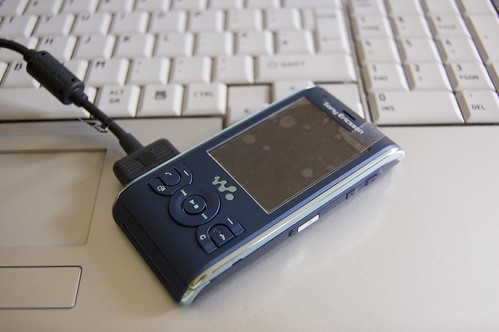“Trust your baby’s competence: she wants to do things for herself, and she can do things for herself. You also know that your child does need help, but try to provide just that little amount of help that allows the child to take over again. Let her be the initiator and problem solver. We can look at life as a continuation of conflicts or problems. The more often we have mastered a minute difficulty, the more capable we feel the next time.” Magda Gerber
There’s a scene in Magda’s film, On Their Own With Our Help, that I’ve always loved. A baby gets stuck under a table, and is upset and crying. Magda doesn’t move the table, pull the baby out, or pick the baby up, but instead gets down under the table and talks to the baby, who is able to crawl out on his own. She then stays with him and comforts him until he’s calmer, and ready to move on.
Magda explains had she moved the table or simply picked the baby up, she would be depriving him of the opportunity to participate in the problem solving. Since the baby was in no real danger, she didn’t want to “rescue” him and send the message that he was completely helpless. She said, ” He did the crawling out on his own. I just helped show him the way.”
Self confidence, problem solving, competence, body and spatial awareness, resilience, trust, and language development. All of these grow and are strengthened through everyday interactions like this one.
We had a reenactment here the other day, when R., eleven and a half months old, rolled under the bed, got stuck, and started calling for me to help her:
I’m no expert with the camera, so forgive the shakiness, but there’s no mistaking the look of pleasure and pride R. experiences when she figures out what she needs to do, and does it, all on her own, with just a little support from me.











